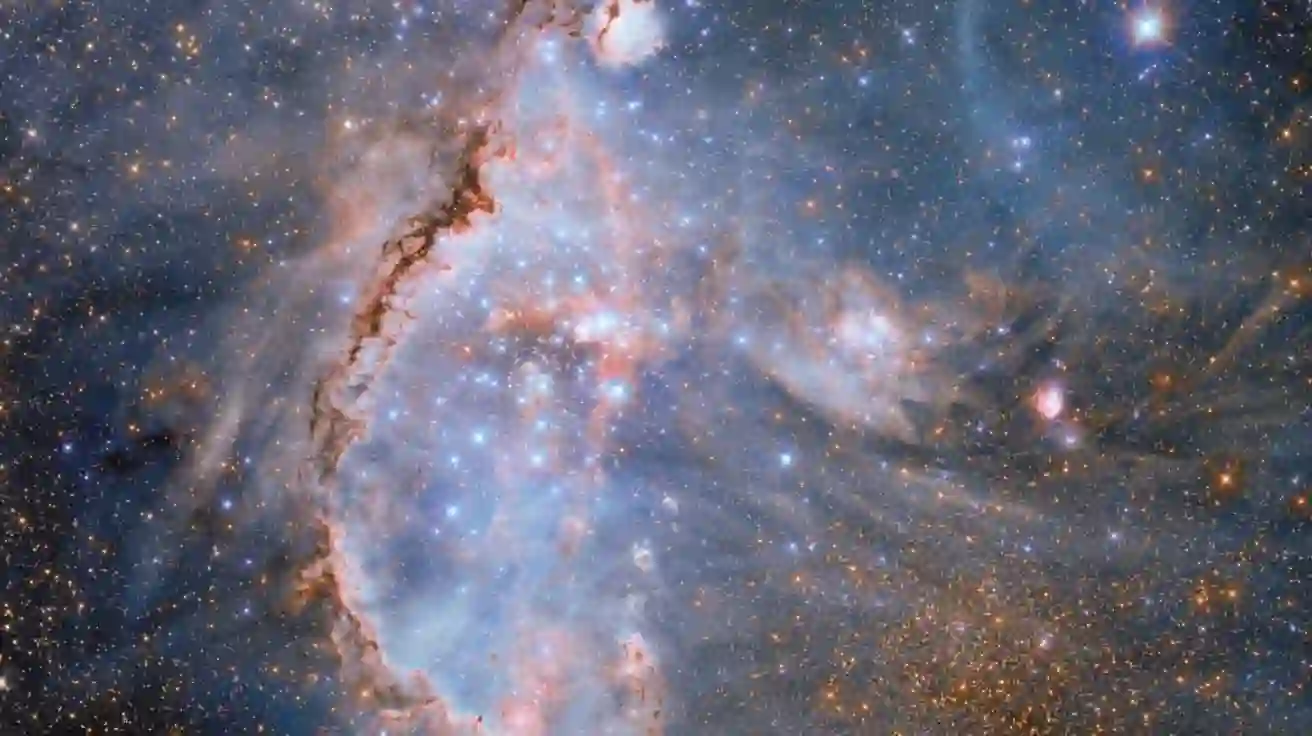
In a dazzling new image, the Hubble Space Telescope has captured a breathtaking view of one of the universe’s most active star-forming regions — a vivid cosmic nursery in a neighboring dwarf galaxy. Despite the recent spotlight on the James Webb Space Telescope, Hubble continues to prove its worth, offering astronomers rich data and striking imagery that unlock secrets from the early universe.
The new photo highlights NGC 346, a massive star cluster nestled inside the Small Magellanic Cloud, a satellite galaxy of the Milky Way located about 210,000 light-years away in the southern constellation Tucana. While the region has been studied before, this latest image is groundbreaking: it merges data across ultraviolet, visible, and infrared wavelengths to present the most comprehensive view of this stellar nursery to date.
But this image isn’t just a feast for the eyes — it’s also a scientific time machine.
NGC 346 is teeming with more than 2,500 infant stars that blaze in hues of blue, a sign of their immense heat and youth. What makes this cluster so important to researchers is that it’s situated in a galaxy that contains far fewer heavy elements than our own. The Small Magellanic Cloud lacks many of the metals and complex elements found in the Milky Way, which makes it a close analog to the conditions that existed in the early cosmos — just a few hundred million years after the Big Bang.
As the European Space Agency explains, the Small Magellanic Cloud’s composition — predominantly hydrogen and helium — mirrors what astronomers believe the universe looked like during its formative years. That makes this cluster a valuable case study in understanding how the first stars might have formed and evolved.
Stars are essentially cosmic forges. Deep within their cores, lighter elements are fused into heavier ones like carbon — the backbone of life — and oxygen, calcium, and iron. When stars reach the end of their life cycles, they often explode in spectacular supernovae, scattering these elements throughout space. This celestial debris eventually coalesces into new stars, planets, and, ultimately, life.
So when astronomers study young clusters like NGC 346, they’re effectively looking back in time — observing the kinds of processes that likely shaped our own galaxy billions of years ago.
Surrounding the cluster is a pink nebula, a glowing cloud of gas that shines under the intense ultraviolet light emitted by hot, young stars. These regions are short-lived, typically lasting only a few million years, but they are essential environments where star birth takes place. The nebula’s glow is primarily hydrogen gas lit up by radiation, and its dramatic appearance speaks to the immense energy being released by the stars within it.
Threading through this scene are dark, sinuous clouds — dense dust formations that represent the remnants of the material from which these stars were born. Some of these structures remain intact, having not yet been dispersed by the fierce stellar winds and radiation produced by the largest stars. These winds act like cosmic blowtorches, sweeping away the surrounding gas and clearing the way for new stars to emerge.
Complementing Hubble’s view, the James Webb Space Telescope has also been eyeing NGC 346 with its powerful infrared vision. In a recent study, scientists used Webb and Hubble to analyze ten stars within the cluster and found something surprising: many of these stars still have their protoplanetary disks — swirling clouds of dust and gas that can eventually form planets — even after several million years.
This finding challenges previous beliefs that such disks dissipate quickly around early-generation stars. According to astronomer Guido De Marchi, who led the research, this discovery suggests that planets might have more time to form than once thought, even in environments resembling the early universe.
In essence, NGC 346 serves not only as a stunning visual of cosmic creation but also as a living laboratory for unraveling the history of our universe — from the humble beginnings of stars to the formation of worlds that may one day host life.











